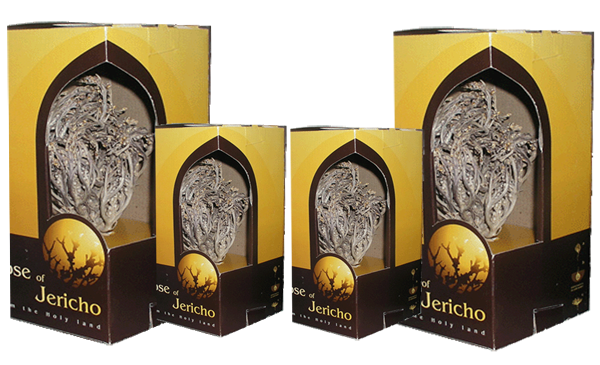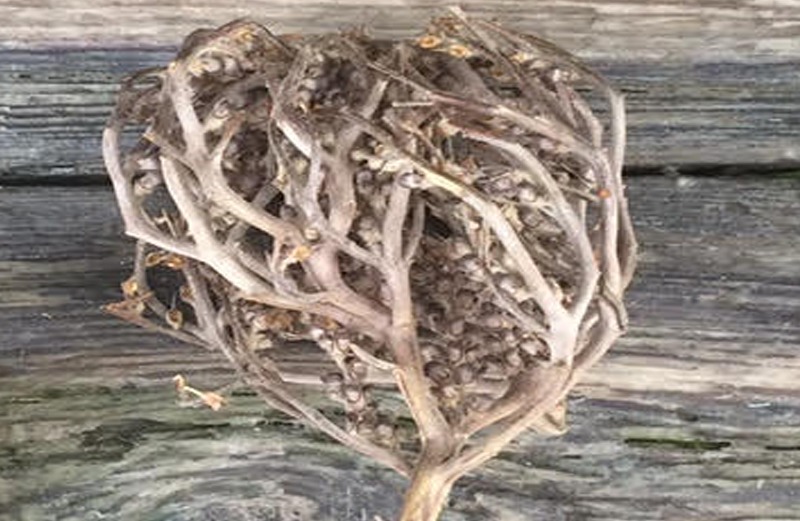The real Rose of Jericho
What is the use of the real Rose of Jericho?
It is believed that the Rose of Jericho helps during childbirth – in the birth process of the baby. It is said that the leaves are also used to strengthen the uterus and are good for conception. The leaves of this herbal plant are available growing in the Mediterranean region of the Judean Desert near the city of Jericho in the Land of Israel where, according to legend, Mary met the plant for the first time and blessed it.
Among its most popular medicinal uses is its application to childbirth. Whether its medicinal properties encourage dilation, the cervix for mothers, traditional midwives have used Rose of Jericho for centuries.
It is mentioned in the Bible in 2 Kings 19:34-36 and in Psalms 83:13, “Make them like a fool’s weed”, here referring to the balls of dried twigs of Anastatica that scatter in the wind and scatter its seeds.
It also contains several useful elements for pregnancy and childbirth, including calcium, magnesium, potassium, zinc and iron; In particular, calcium and magnesium work together to coordinate and regulate smooth muscle contractions.

In some places, a powder is prepared from it – mixed with olive oil and honey, and as a liquid from fresh leaves – it is used to treat conjunctivitis and other eye problems. It is also used for medicine in countries where it does not grow; In Malaysia, it is common for childbirth, where many women purchase herbal preparations directly from traditional midwives.
The flower contains several elements – calcium, magnesium, potassium, zinc and iron; In particular, calcium and magnesium work together to coordinate and regulate smooth muscle contractions. The plant can be stored and reused many times.
This plant is commonly consumed by women during pregnancy, especially near childbirth as it is believed to facilitate the birthing process. It has also been used in the treatment of disorders related to the reproductive system such as menstrual pain and uterine bleeding (Daur, 2012; Kim Sooi and Lean Keng, 2013; Shah et al., 2014) and is also claimed to be beneficial in prenatal care (Law et al., 2009).
Others use it as an alternative treatment for diabetes, gastric disorder (Shah et al., 2014), epilepsy, arthritis, malaria, mental depression, mouth ulcers, bronchial asthma and as an analgesic (Daur, 2012; Eman et al., 2011; Jaradat, 2005; Kim Sooi and Lean Keng, 2013 and hypolipidemic properties are supported by scientific studies (Mohamed et al., 2010; Shaban et al., 2011).
It has also been used in the treatment of disorders related to the reproductive system such as menstrual pain and uterine bleeding (Daur, 2012; Kim Sooi and Lean Keng, 2013; Shah et al., 2014) and is also claimed to be beneficial in prenatal care (Law et al., 2009).
Others use it as an alternative treatment for diabetes, gastric disorder (Shah et al., 2014), epilepsy, arthritis, malaria, mental depression, mouth ulcers, bronchial asthma and as an analgesic (Daur, 2012; Eman et al., 2011; Jaradat, 2005; Kim Sooi and Lean Keng, 2013 and hypolipidemic properties are supported by scientific studies (Mohamed et al., 2010; Shaban et al., 2011). Anastatica hierochuntica extracts have been reported to have hepatoprotective, anti-inflammatory and anti-inflammatory activities. Melanogenicity (Nakashima et al., 2010; Rizk et al., 1985; Yoshikawa et al., 2003)
The “flower” is ball-shaped with one root when dry. Mariam flower (Anastatica hierochuntica) is a small shrub collected throughout the Judean Desert near Jericho in Israel, and among its most popular medicinal uses is its application to childbirth.
Anastatica is notable for its ability to survive in arid conditions – it simply dries into a ball and waits for the next rain, then it reveals small, thin leaves and tiny white flowers. is hygroscopic; Its branches crystallize immediately in the presence of water. It is harvested (leaves, woody parts and seeds) in February to April from shallow gravel desert soils and allowed to dry.




